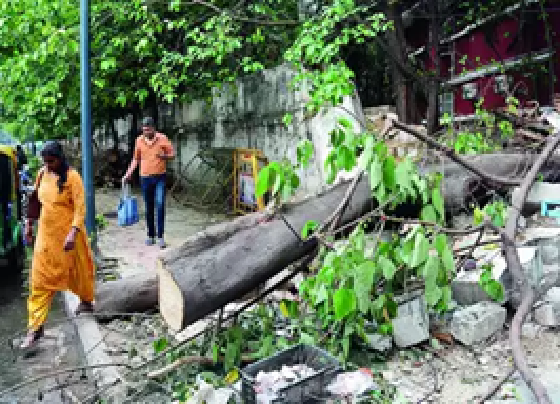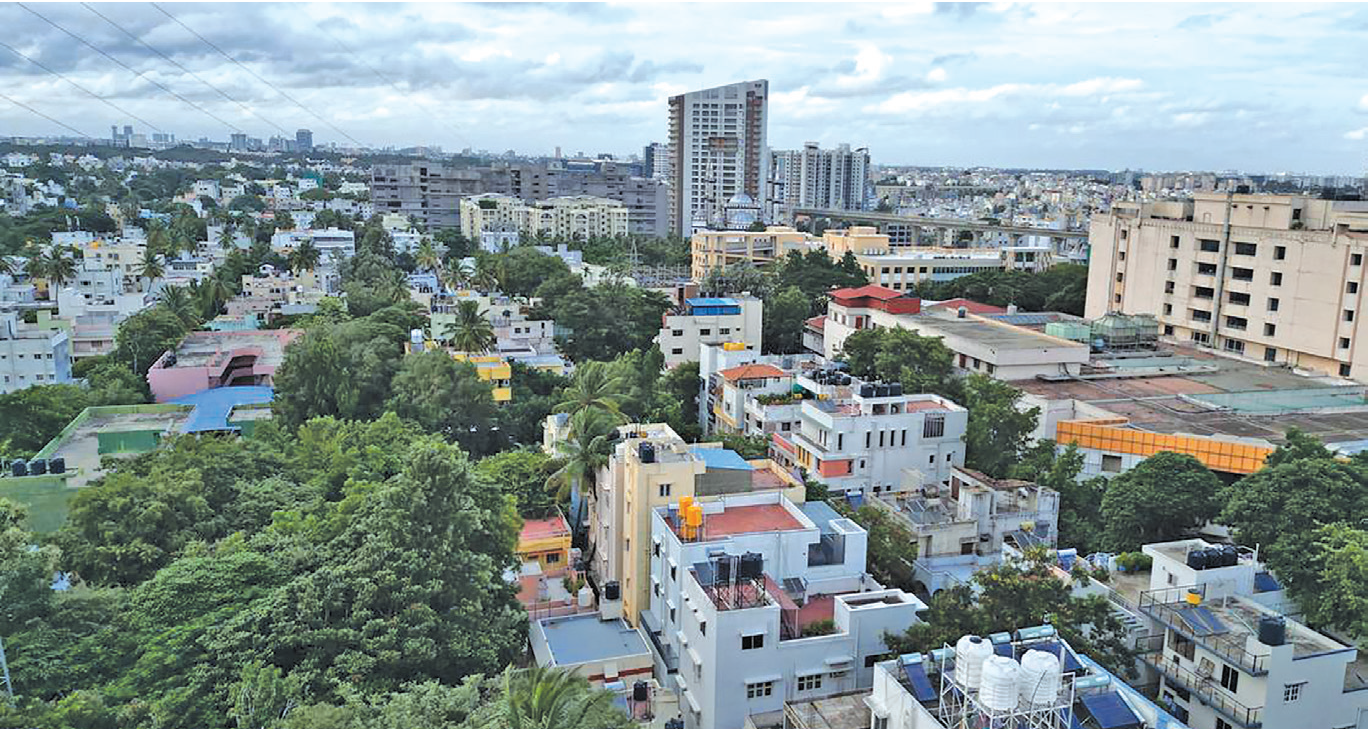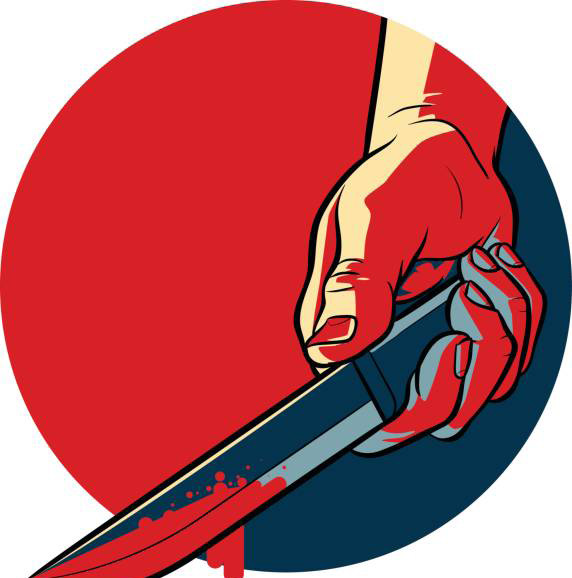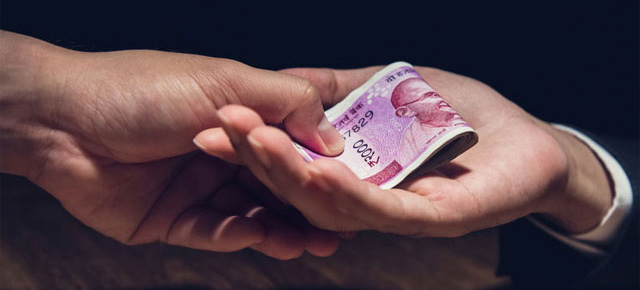
News Trail exclusive: Dr Khadar Vali, the Millet Man of India, upholds the nutrient-rich crop for food security
Sowmya Raju | NT
Bengaluru: In the face of widespread nutritional deficiencies and food insecurity in India, Dr Khadar Vali emerged as a champion for millets, recognising their immense potential as a nutrient-rich, sustainable, and climateresilient crop.
His unwavering dedication has earned him the title of "Millet Man of India."
In an exclusive interview with News Trail, Dr Vali shares his mission to revive millets, emphasising their unique nutritional benefits and adaptability to diverse agro-climatic conditions.
What inspired you to become the champion of millets?
I was inspired to become the champion of millet after witnessing the widespread nutritional deficiencies and food insecurity in rural India.
I recognised the immense potential of millets as a nutrient-rich, sustainable, and climate-resilient crop that could address these challenges effectively. Millets were a staple grain in India for centuries.
The Green Revolution led to a decline in millet cultivation in India, which was focused on promoting the cultivation of high-yielding varieties of wheat and rice, which were seen as more profitable and productive.
As a result, millets were increasingly marginalised and their cultivation declined.
What are the unique nutritional benefits of millets that make them a valuable addition to our diet?
Millets offer an array of remarkable nutritional benefits, making them a valuable addition to our diet. They are rich sources of protein, fibre, iron, calcium, and other essential vitamins and minerals.
Additionally, millets are glutenfree and have a low glycemic index, making them suitable for individuals with diabetes and other health concerns.
What are some of the challenges faced in cultivating and processing millets in India?
Dr. Khadar Vali: Millets face several challenges in cultivation and processing. Low productivity compared to other staple crops like rice and wheat and labour-intensive harvesting and processing methods that increase production costs.
The lack of awareness among farmers about improved cultivation practices. The decline of millet cultivation has had a number of negative consequences.
Millets are a nutritious and sustainable food source, and their decline has contributed to malnutrition and food insecurity in India. Millets are also an important part of India's cultural heritage, and their decline has led to a loss of biodiversity.
What role do you see for millets in addressing nutritional deficiencies and food security concerns in India?
Millets play a crucial role in addressing nutritional deficiencies and food security concerns in India. Their rich nutrient profile can effectively combat malnutrition, particularly among children and women.
Additionally, millets' adaptability to diverse agroclimatic conditions and their resilience to climate change make them a sustainable food source for India's growing population.
How can we encourage more people to incorporate millet into their daily meals?
Encouraging millet consumption requires a multi-pronged approach: Raising awareness about the nutritional benefits and versatility of millets among consumers through public education campaigns and food demonstrations.
Increasing the availability of processed and value-added millet products, such as millet flour, noodles, and snacks, to make them more appealing and accessible to consumers.
They are integrating millets into government-run food distribution programs to provide wider access and promote their consumption among the general public.
What are your hopes and expectations for the future of millets in India?
I envision a future where millets become an integral part of India's food basket, contributing to improved nutrition, food security, and sustainable agriculture.
I believe that millets have the potential to become a global superfood, offering solutions to the world's food and nutrition challenges.
What advice would you give to young entrepreneurs and innovators who are interested in working with millets?
I encourage young entrepreneurs and innovators to explore the untapped potential of millets. Developing innovative millet-based products and technologies, such as ready-to-eat meals, snacks, and beverages.
 English daily published in Bengaluru & Doha
English daily published in Bengaluru & Doha






